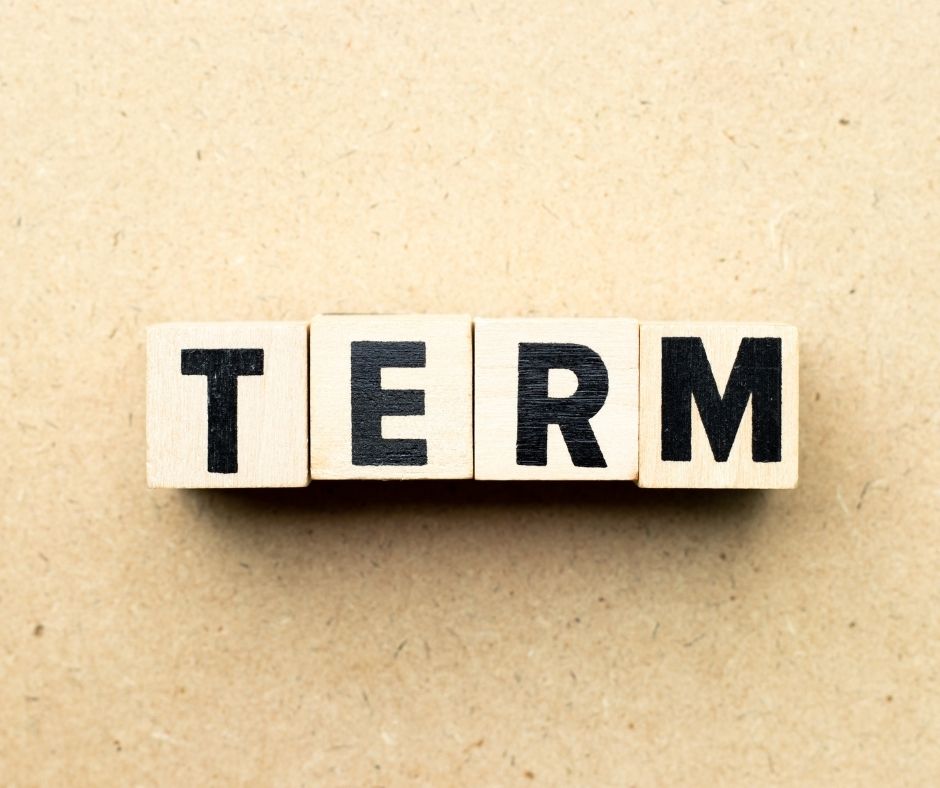insurance explained for dummies
You should be aware of a few main types of life insurance when shopping around. Term life insurance provides coverage for a fixed period, such as 10 or 20 years, while permanent life insurance offers a range for your entire lifetime. Whole life insurance combines term and permanent policies, offering lifelong protection with an investment component. Finally, universal life insurance provides flexibility in terms of premiums and benefits and an interest rate component. Each type of policy has its advantages and disadvantages, so it's essential to consider your individual needs when making a decision.
Choosing the right life insurance policy can be an overwhelming experience, especially for dummies. When selecting, it's essential to answer a few simple questions. First, does your coverage need to cover anyone but yourself (for example, if you have dependents)? Second, how much can you afford to pay in premiums? Third, what features are most important to you - cash value growth or flexibility? Finally, what level of coverage do you need - basic or comprehensive coverage? After answering these questions, it's time to compare policies and decide which best meets your needs.
Depending on your situation, one type of life insurance is better. There are two main types of life insurance: term and permanent. Term insurance is a death benefit for a specific period, usually 10 to 30 years. It's offered at lower premiums than permanent policies and may be easier to qualify for if you're on a tight budget or require better health. Permanent policies, such as whole and universal life, allow you to build cash value throughout your lifetime. While the premiums may be higher than term policies, they come with investment options such as mutual funds with potential growth opportunities. Still, it's essential to thoroughly review the details of each policy before making a decision.



